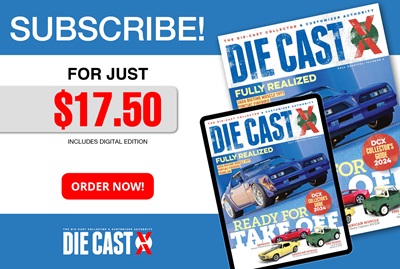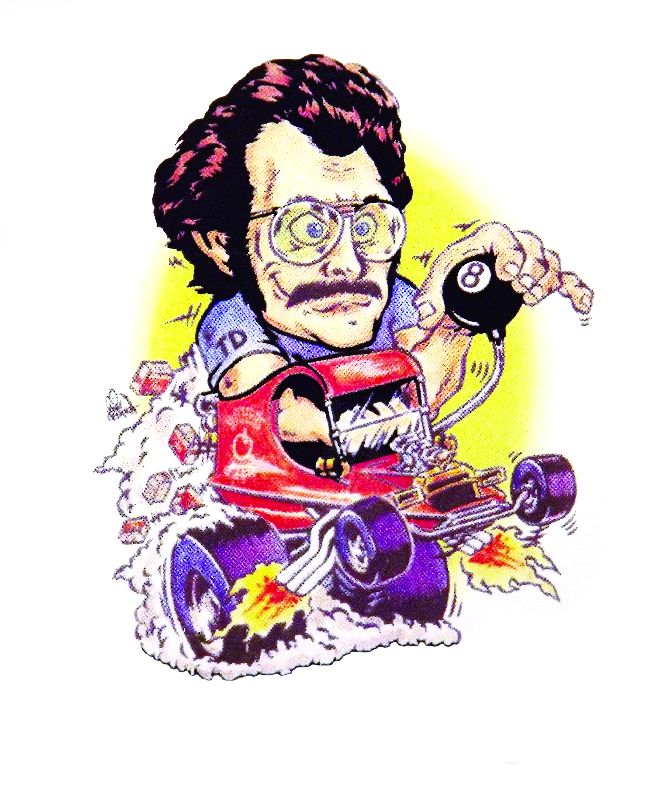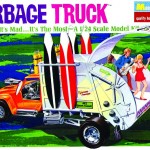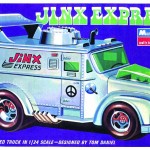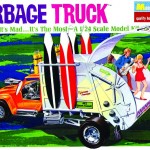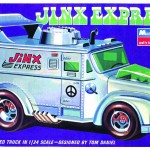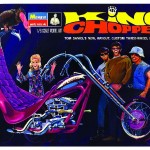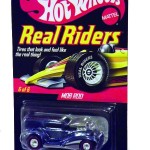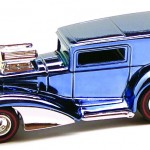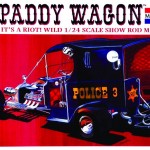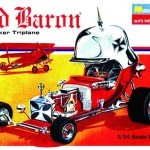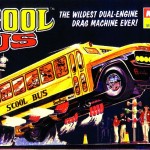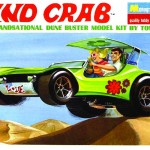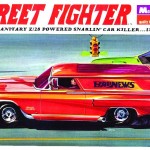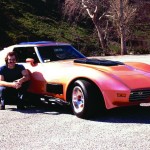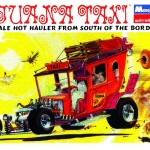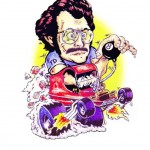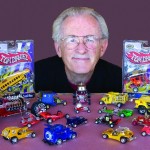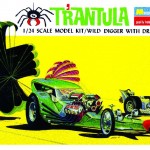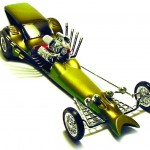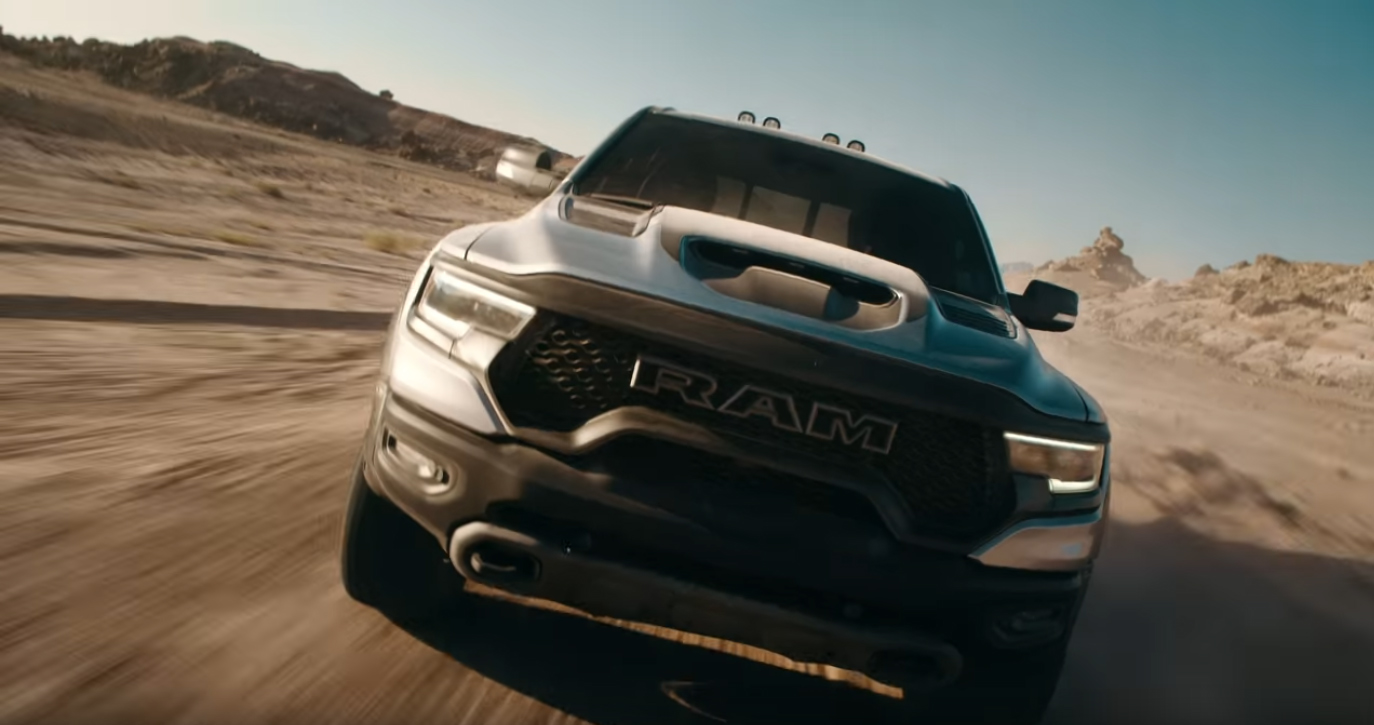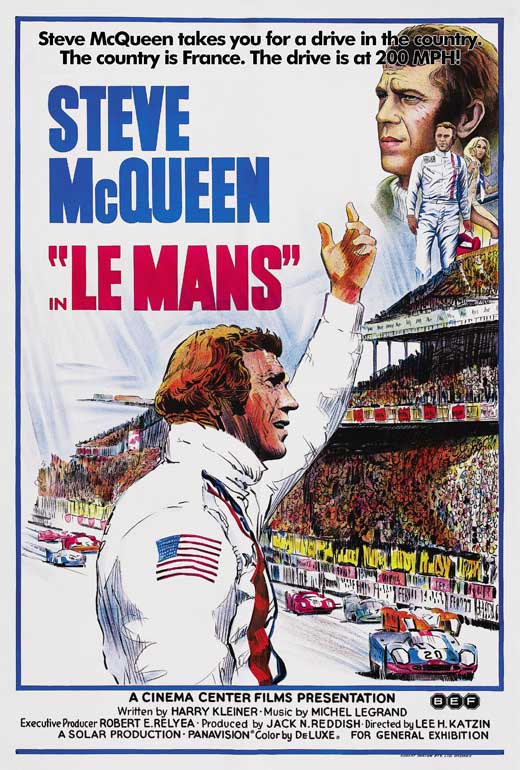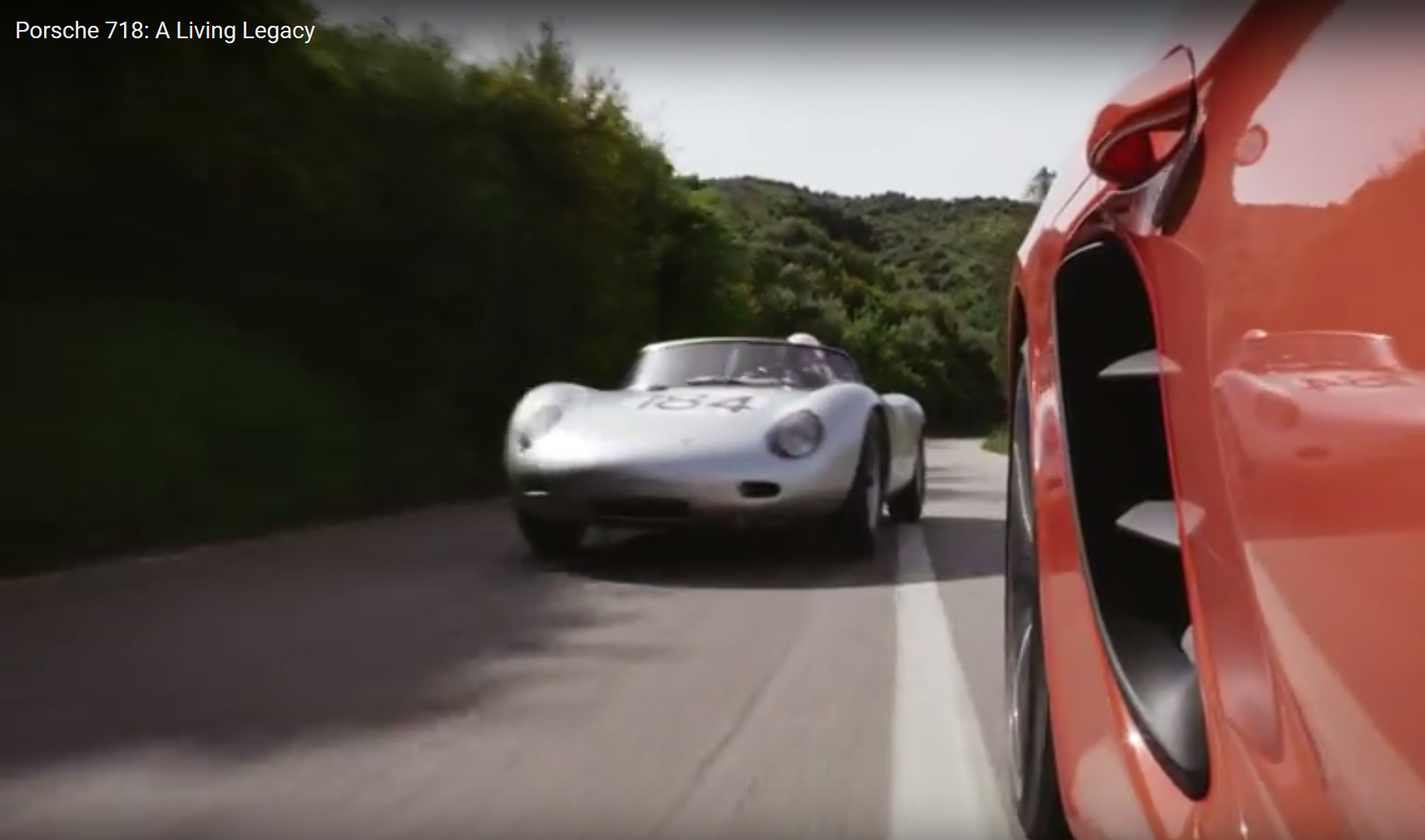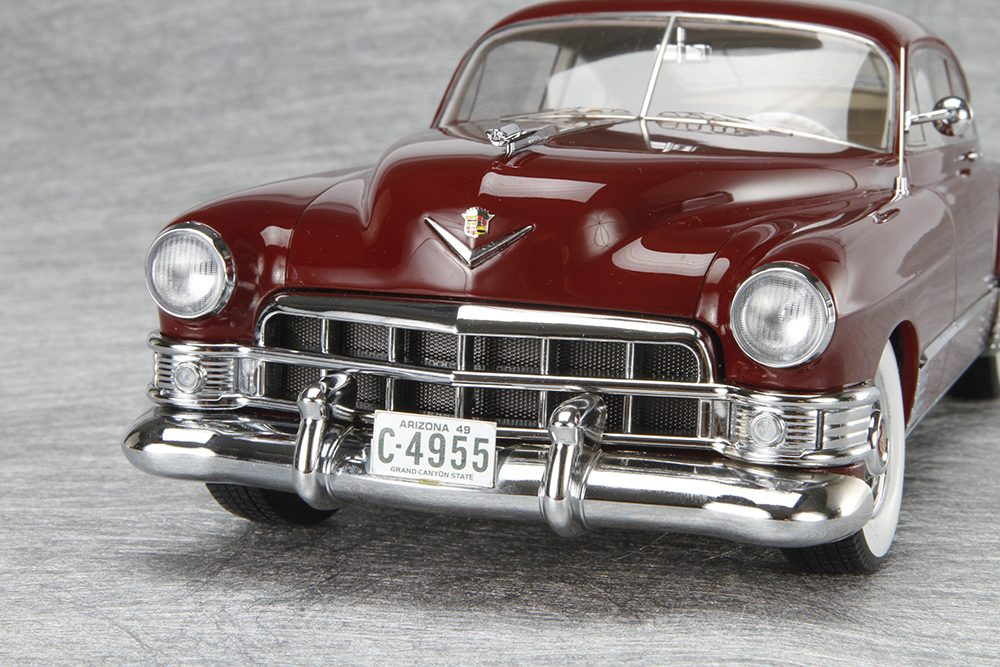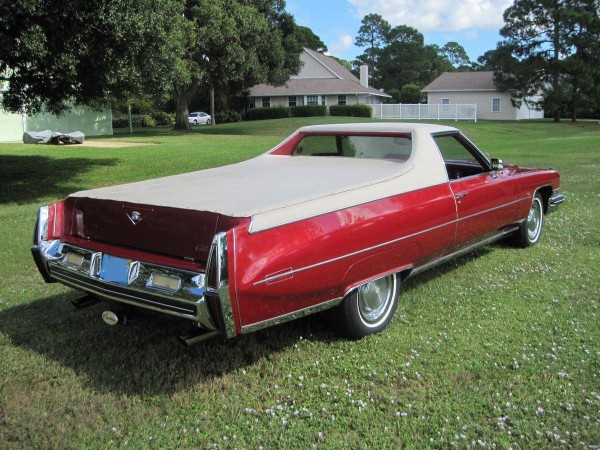Tom Daniel’s life in design
Like many accomplished automotive designers of the past 50 years, Tom Daniel graduated from Pasadena, CA’s Art Center School (now called the Art Center College of Design). His calling came during a junior high field trip to the campus that was set up by a teacher who’d recognized his penchant for sketching cars. Once Tom saw the Center’s drawings and sculptures, walked its halls, and felt its creative energy, he had made the decision to follow a career in mainstream auto design.
After spending his senior year putting together a portfolio of his work, Tom graduated, then applied to the Art Center. Things could have gone wrong. Daniel hadn’t attended junior college – a requirement at ACS at the time. That meant Tom’s work would have to be his ticket in. It worked; the design catalog was impressive enough to get Tom accepted. Once in the program, Daniel made side money by drawing cars for Rod & Custom magazine – for a not-too-shabby $50 bucks a page. The schoolwork was hard, and after four years, Tom graduated Art Center School, got hired by General Motors to work in the Advanced Transportation Department, and began designing futuristic trucks. It was a dream come true … for a while. When family issues called him back to the West Coast, Tom left GM, and went back to penning cars for Rod & Custom.
It was a good time to be a young, talented car designer. During the early 1960s ,the slot car and model kit craze was at its peak, and Tom was right in the middle of it, writing a customs how-to and model review column called “Off the Model Sketchpad,” for a short-lived scale model offshoot of Rod & Custom called, fittingly enough, Rod & Custom Model. A key player in the scene, Monogram, noticed the detail in Tom’s drawings, and saw the potential in his designs. A call got placed – and Tom Daniel was, suddenly, right where he belonged.
Paying Scale
There’s a lot of conjecture as to which of Tom Daniel’s designs came out of Monogram’s headquarters in Elk Grove, IL, first, but Tom’s first kit release was the “Beer Wagon,” a model of a slammed, glammed-up ‘20s-era Mack delivery truck with Hilborn-style injection and wild, wide wheels. Based on an idea supplied by Monogram and finalized by Daniel, the model looked amazing – but was realistic enough, and feasible enough, to pull in builders for whom authenticity was king. Circa 1967, the kit, wearing Tom’s artwork on its box and the subtitle “Bulldog Mack Mod Custom Suds Hauler” was a huge hit.
After that, Tom was given free reign, and his designs took the model world by storm. Kids and adults alike couldn’t wait for the next Tom Daniel creation to be released, and they never had to wait long; during his years at Monogram, most of his sketches made it to plastic, save for a piece called “Top Cop” – featuring a forlorn motorcycle officer with training wheels on his cycle. Monogram liked it, but local law enforcement feedback was less than positive, and the design got shelved. It was nothing but a blip on the radar for Tom, who was on the West Coast, sketching away.
Daniel saw that surfing had evolved from an off-hours activity into a lifestyle with its own language, music, and art. Clapped-out wagons and T-bucket Fords sat parked near the sand with Beach Boys tunes blaring from their AM radios, and old German helmets and iron crosses were becoming a part of the surfer look. Something in Tom’s mind clicked: if a helmet were big enough, it would make a pretty trick roof for a Model T hot rod. Then, another click: why not take the German theme all the way? When the design was finished, Tom Daniel’s wild Model T creation had a giant chrome Pickelhaube helmet for a roof; also perched on the red Ford’s channeled body was a pair of polished Spandau machine guns leveled at the car ahead, and “aimed” through the target sight on its sectioned radiator. Instead of a V8, between the frame rails sat a chromed-out, scaled-down German aircraft engine with six zoomie pipes swept to the side. The raked, wide-wheeled car featured iron crosses in its grille, on its roof, and within its wheels.
It would become the highest-selling model car kit of all time, but at the moment, Daniel’s sketch had no name. Inspiration came via the radio: a pair of hit songs sung by the Royal Guardsmen told of the exploits of a popular newspaper comic dog, Snoopy, who was always trying to catch his nemesis – The Bloody Red Baron. The final piece had snapped into place. Two and a half million kits were sold between 1968 and 1970, and all these years later, the “Red Baron” is still Tom Daniel’s signature design.
Along with the Baron, Daniel’s “Paddy Wagon,” “S’Cool Bus,” “Cherry Bomb,” and “Garbage Truck,” among others, transformed Monogram from a maker of historically accurate airplane and warship models into a major contender in the car model kit arena. The company was doing very well … so well, in fact, that a giant in the toy industry thought that Monogram would be a good investment. In 1968, flush with its own success, Mattel bought Monogram.
All’s Fair
While at the New York International Toy Fair in 1969, Tom was called into Mattel’s offices on 14th Street, where president Ruth Handler showed him a handful of his model kit designs as finished Hot Wheels cars. Tom was surprised – and so was Ruth, when she learned that Tom wasn’t working directly for Monogram, and still owned the intellectual rights to the designs. But business is business, and after a bit of negotiating, a deal was done to release the Red Baron, “Sand Crab,” and Paddy Wagon in diecast. Two more Tom Daniel designs were reproduced as Hot Wheels in 1971; the “Ice-T” and S’Cool Bus were released to great success, as were other releases that carried a lot of Daniel’s design DNA throughout the 1970s. Since then, both the Red Baron and Paddy Wagon have been sold as Hot Wheels in the 25th Anniversary Series (1993), and the Red Baron was rolled out in Toy Story play sets and track sets.
Tom Daniel’s car stylings were state-of-the-art in 1968, and continue to be so today. After 85-odd designs – six of which have become Hot Wheels – the Red Baron is reported to be the most recognized Hot Wheels car in the world (Harry Bentley Bradley’s “Deora” is second). His fanbase stretches over three generations of model kit builders, Hot Wheels collectors, and car folks of every age – and his story is still being written, one beautifully drawn line at a time.

